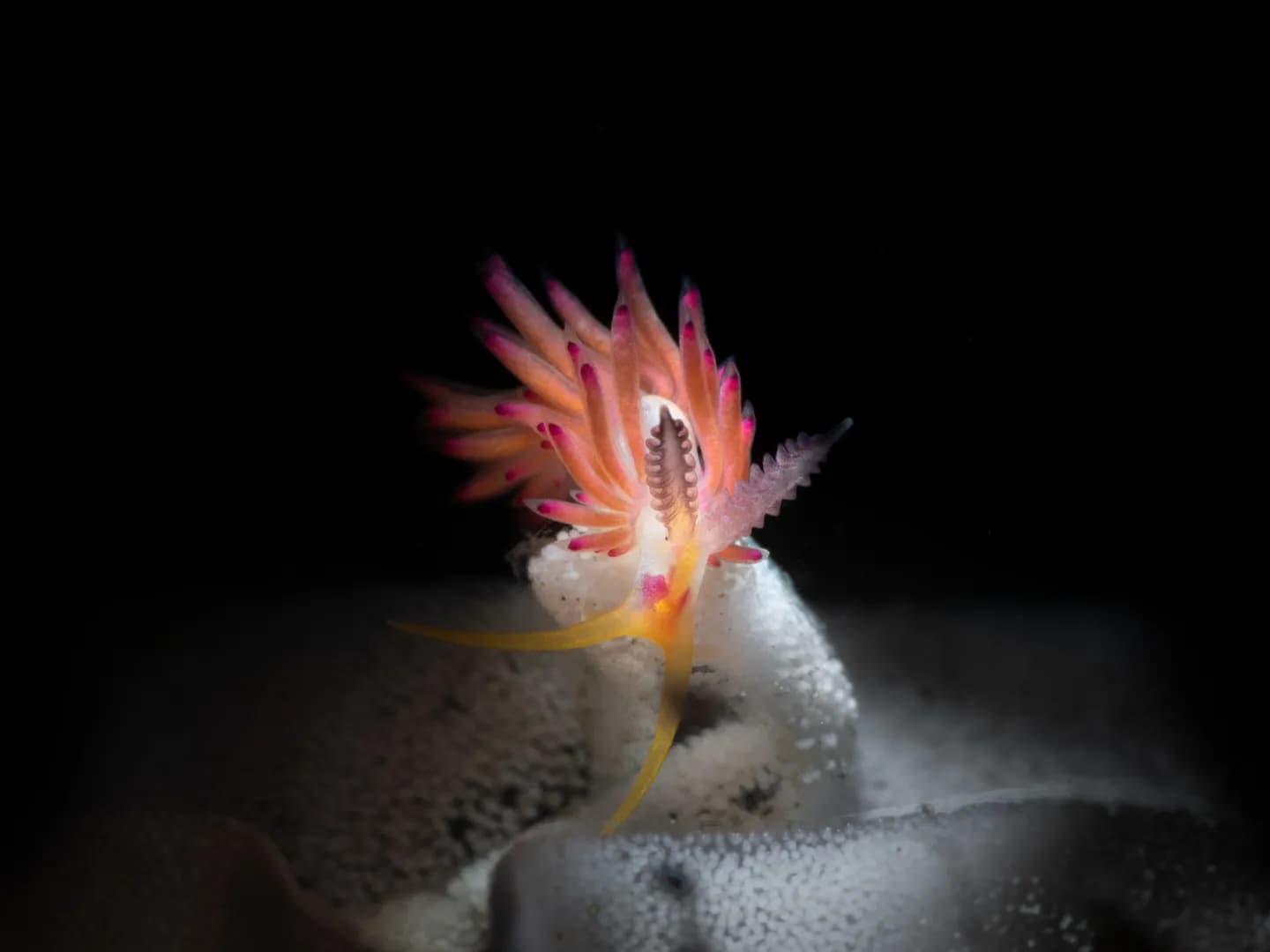10 Facts About Frogfish
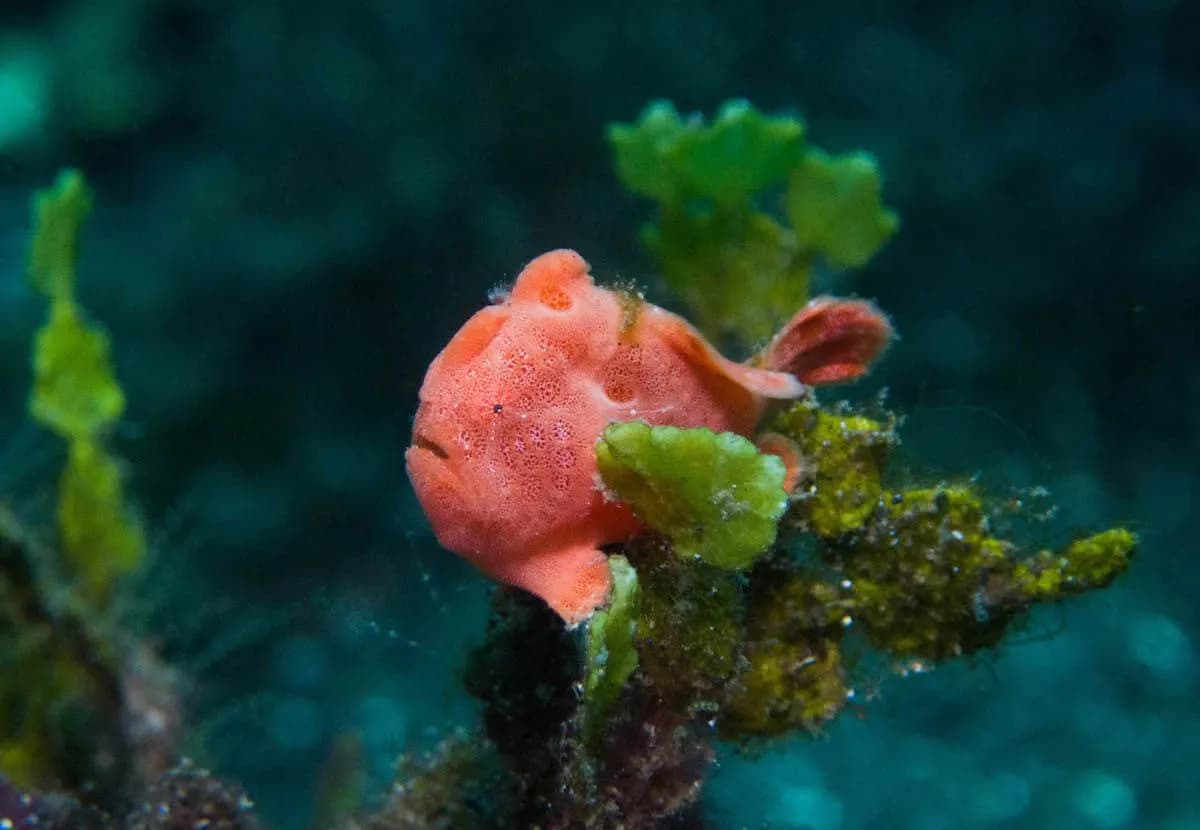
Are frogfish one of your favorite species to see underwater? Do you know your Hairy from your Painted? If like us, you find these awesome critters intriguing and want to learn more, here are 10 fascinating frogfish facts which will have you hopping!
It’s all in a name
Let’s dive into the first frogfish facts. Did you know that frogfishes take their name from the fact that they really do bear similarities to frogs! They have unique pectoral fins which have an “elbow-like” bend at the front and then just behind these they have smaller pelvic fins which resemble legs. This is common across all frogfish species.
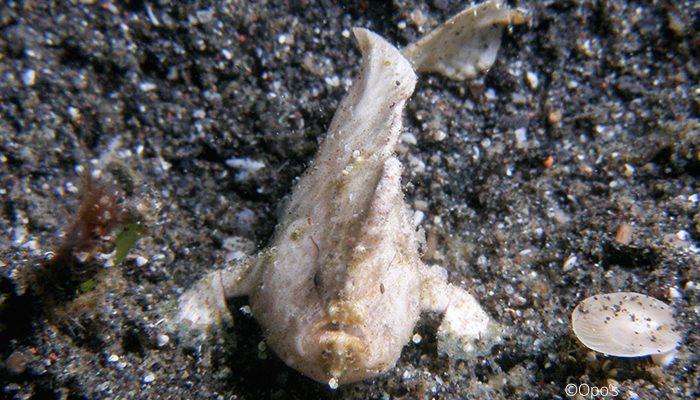
Size isn’t everything
Mature frogfishes vary in size according to species and range from just 5cm up to a huge 50cm (for giant frogfish).
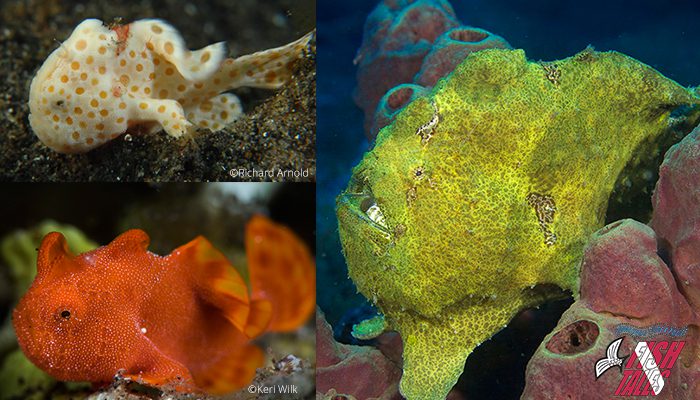
When fish go fishing
All frogfishes have a “lure” which is a fine antennae which stems from the top of the frogfishes head and dangles a bait-like looking appendage directly in front of the frogfish to attract prey – hence the other common name of “anglerfish”.
When frogfishes have prey in front of them they are incredibly fast to open their mouths and they suck in their prey whole, without chewing.
Just as fishermen use different baits, different species of frogfish have different lures which imitate different prey from small squids, fish and worms through to crabs and shrimp.
Frogfish are so well camouflaged that when potential prey approaches they remain still, assured that they will not be spotted and they only move the lure to attract the prey closer and follow the potential “victim” with eye movement only.
When the prey is within striking distance (less than one body length) it doesn’t stand a chance!
Frogfishes have extremely flexible stomachs which allow them to swallow prey up to twice their own size. If they attempt to swallow prey which exceeds their abilities they are forced to spit it back out as they cannot chew it down into smaller pieces – a lucky escape for the potential “meal”.
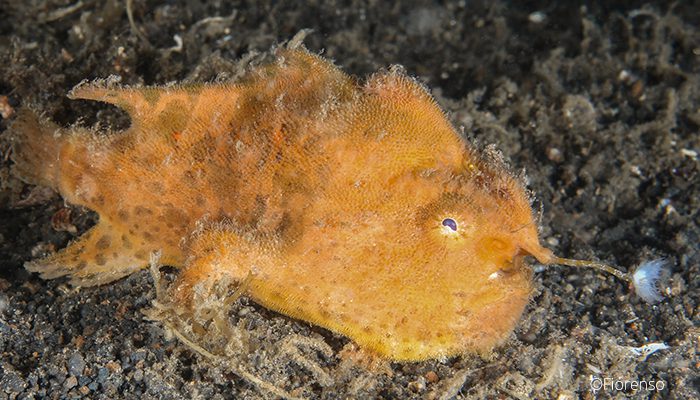
Masters of camouflage
Frogfish have the ability to “mimic” their surroundings in both form and color which makes them masters of camouflage. A 50cm giant frogfish can be very difficult to spot, despite its size, when it is the same colour and has the same appearance as the sponge corals which are growing beside it. Frogfishes can change color to match their environment but unlike cuttlefish and octopus it’s not an instant change, it can take days and even weeks for a color change to occur.
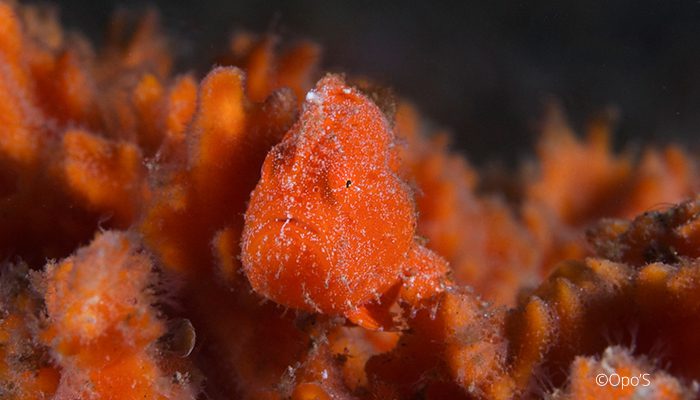
Hunting the hunter
Despite their camouflage frogfish are not without predators of their own. Lizardfish, scorpionfish and other frogfish are known for eating these critters. While juvenile frogfish are snapped up with ease, once frogfish reach maturity they are generally the hunter, not the hunted.
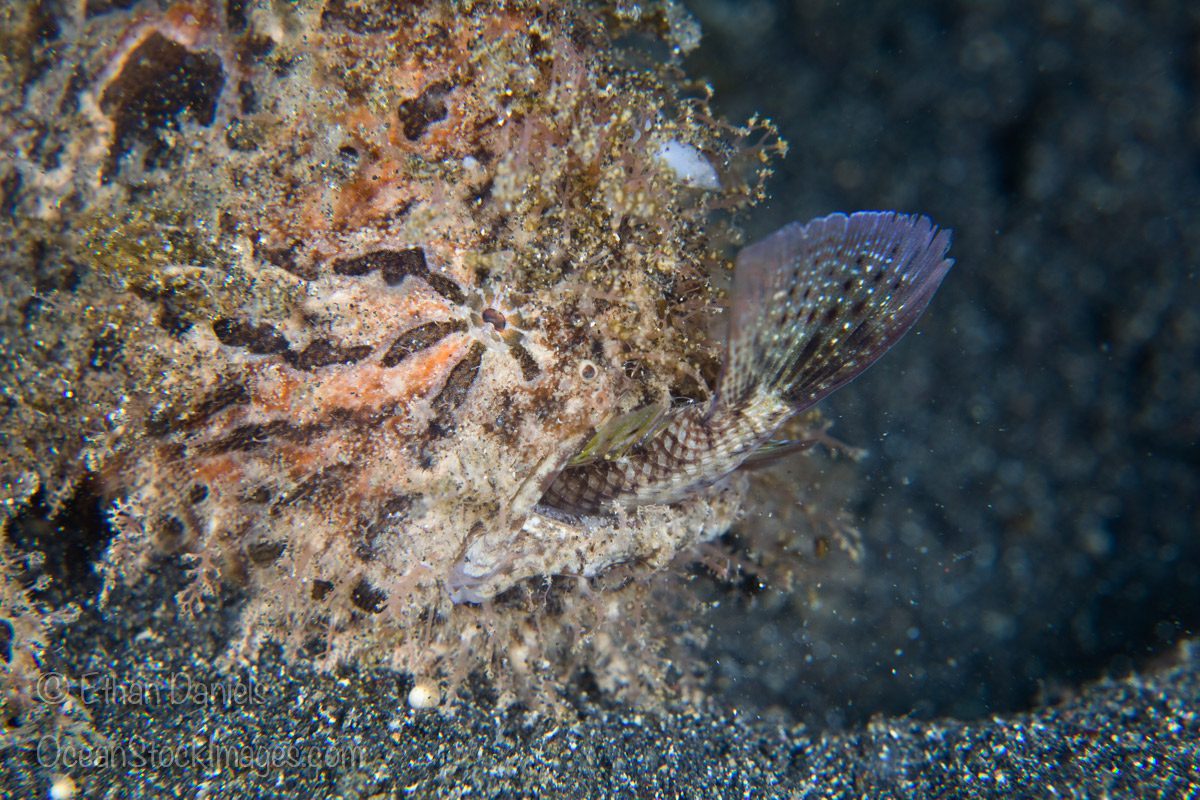
Jet propelled
For the next frogfish facts, you need to know that Frogfish spend long periods being stationary (which makes them excellent underwater photography subjects) but they are a swimming species, most often though they move by jumping and walking along the sea floor. In order to “jump” the frogfish will suck in water through its mouth and then force it out through their gills – this makes them literally jet propelled!
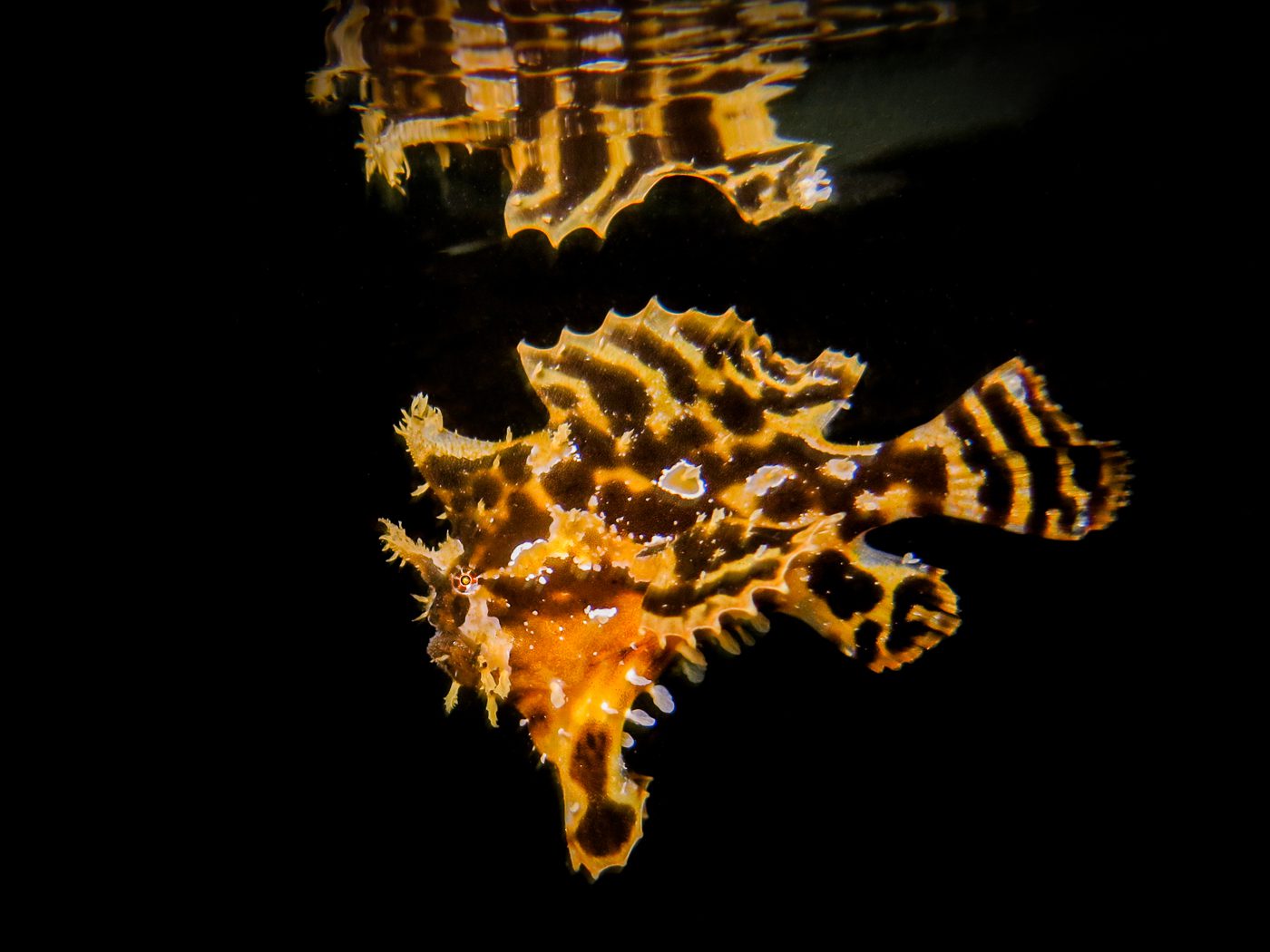
Eggs, eggs and more eggs
Did you know that female frogfish will produce between 40,000 – 180,000 eggs at one time which actually makes them slightly buoyant? During the mating process the male frogfish will nudge the female in the abdomen until she is ready and then the pair will swim up to the surface together where she releases her eggs which are attached to a buoyant mass of mucus which resembles a ribbon and is known as an epipelagic egg raft. Once the eggs are released the male fertilizes them immediately.
Early days
When frogfish first hatch (as larvae) they appear to be fully formed miniatures but they have actually yet to develop their lure – this happens later. Here in Lembeh we often find juveniles on our black sand dive sites and they range in size from just 5mm to 10mm! Juveniles often display different colorations to mature frogfish – did you know that the “clown” frogfish is actually a juvenile warty frogfish?
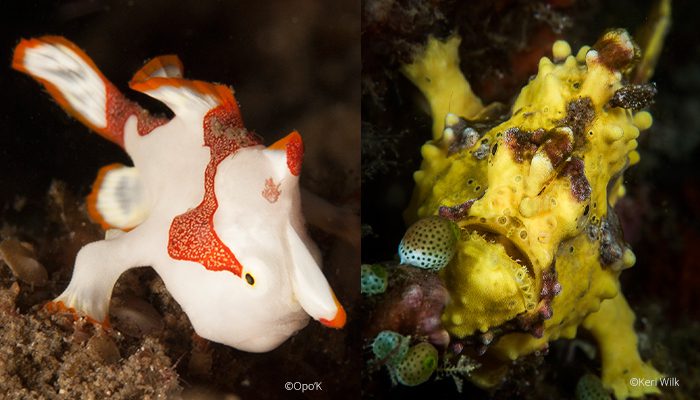
Frogfishes of Lembeh
If you are hoping to see frogfish when you are here in Lembeh we have a lot of species for you to choose from including: Hairy (Antennarius striatus), warty (Antennarius maculatus), giant (Antennarius commerson), painted (Antennarius pictus), hispid (Antennarius hispidus), ocellated (Antennarius ocellatus), sargassum (Antennarius sargassum) and freckled (Antennarius coccineus) and we are always on the look-out for new species too!
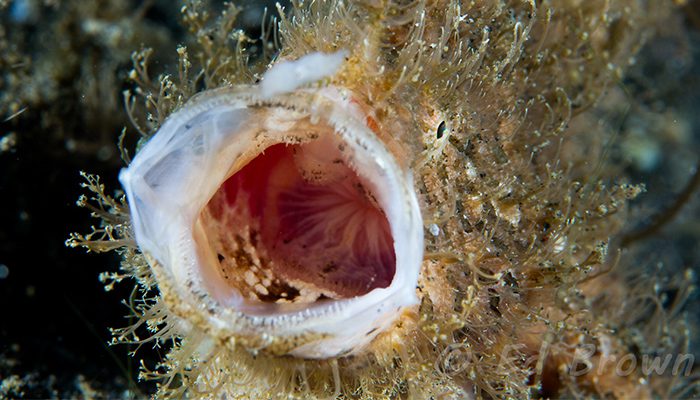
LEVEL UP YOUR UNDERWATER PHOTOGRAPHY IN 2025
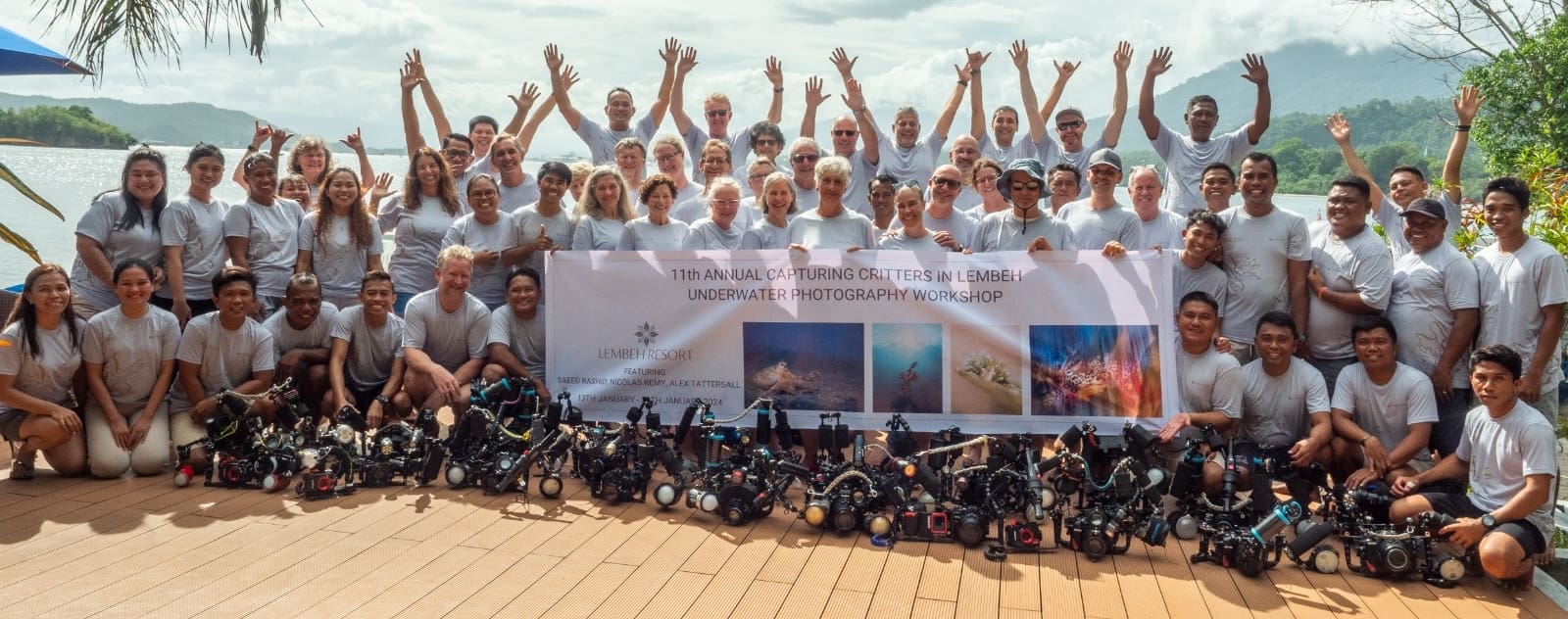
Encountering them underwater is a truly unforgettable experience, especially for photographers. Lembeh Resort, nestled in the heart of North Sulawesi’s famed muck diving capital, offers incredible opportunities to come face-to-face with these bizarre but beautiful fish.
In fact, to help you capture these one-of-a-kind encounters perfectly, Lembeh Resort is hosting a series of Capturing Critters in Lembeh UW Photography Workshop in 2025!
Dive Sites and Dive Guides
Lembeh Resort Dive Guides all receive extensive “Critter Training” from our on-site, full time Marine Biologist. The training not only focuses on identifying the different species here in Lembeh, our guides also learn what each species feed on, their preferred habitat and their behavioural patterns – this knowledge is what makes them such good spotters and an amazing source of information.
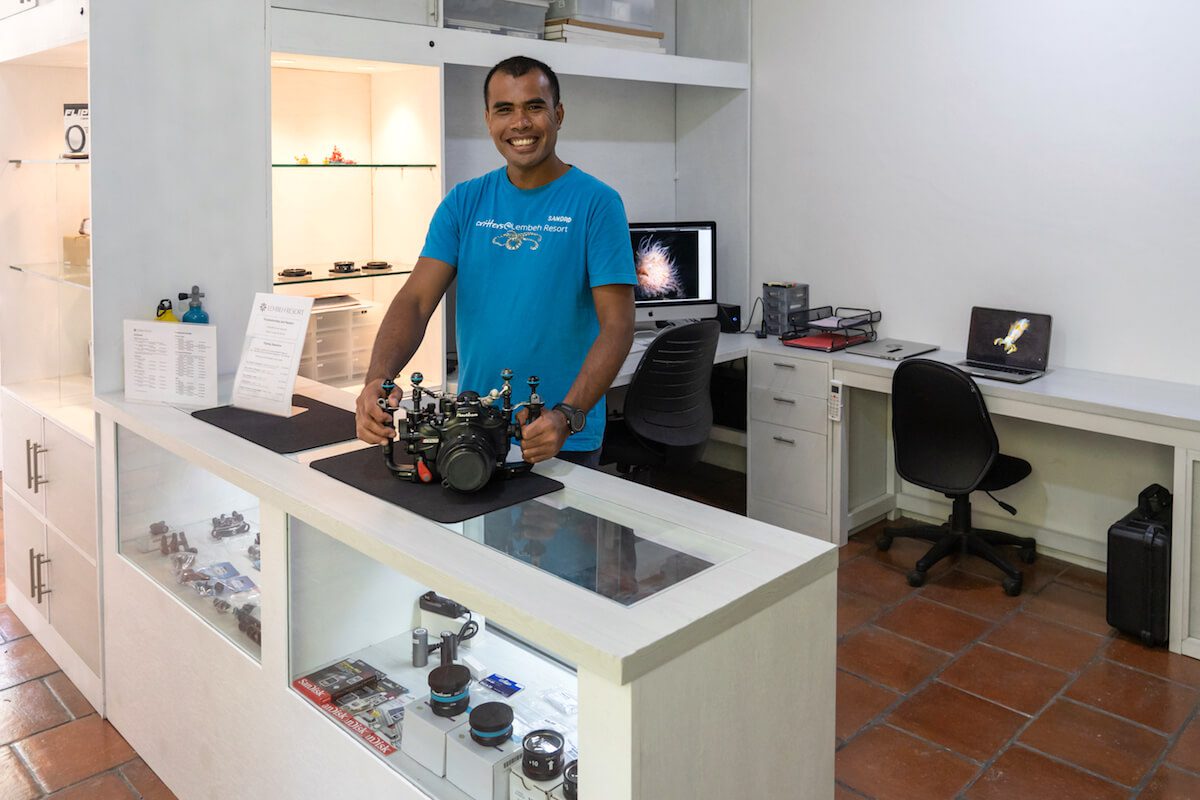
Dive Guide and Photo Center Assistant Sandro Maabuat
Like most marine life, frogfish move around from dive site to dive site and in Lembeh they have a lot of dive sites to choose from. Our guides will know which dive sites are giving the best sightings for each species at the time of your stay – all you need to do is let them know which species you are hoping to see!
Do you want to learn more about frogfish facts or about some of the other amazing fish species that we have here in the Lembeh Strait? Feel free to ask us any questions in the comments section below, and we’ll get back to you. Ready to dive some of Indonesia’s best dive sites and see the frogfish of Lembeh for yourself? Discover Lembeh Resort rates and make a booking by contacting us at: reservations@lembehresort.com


